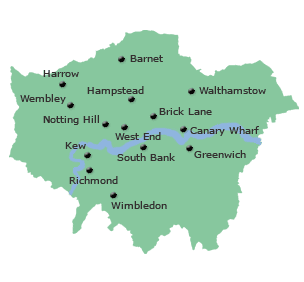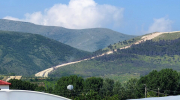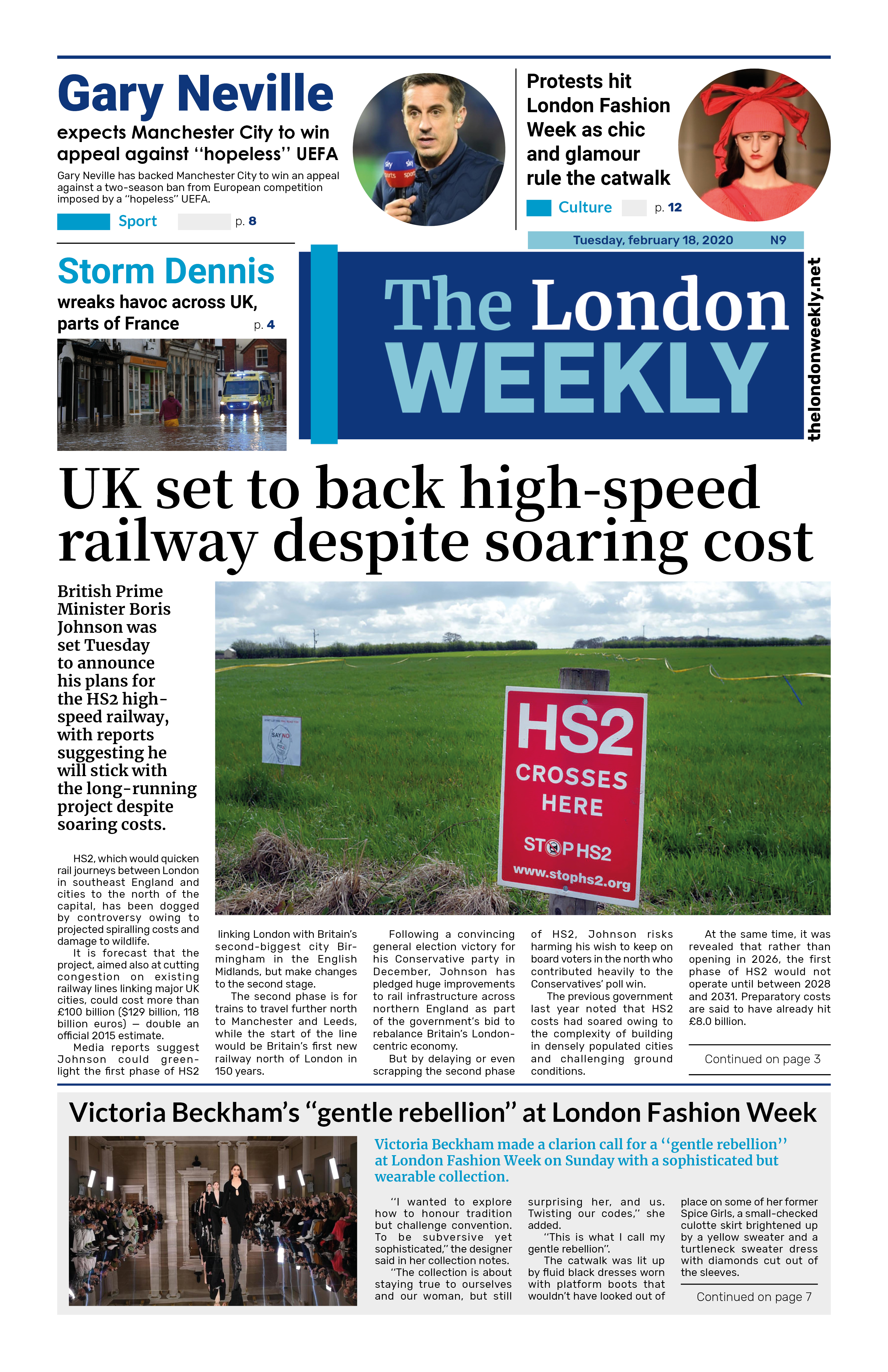
The former head of MI6, Sir Alex Younger, has warned that Britain may need to introduce a new type of conscription in response to growing global threats, particularly from Russia.
Speaking on the BBC’s Today podcast, Sir Alex suggested that the government might need powers to require citizens to "give their service one way or another," though not necessarily through traditional military enlistment.
“In extreme circumstances, we might consider something similar to the model used in Sweden,” he said. “There, the government has the authority to compel citizens to serve in various ways, but only exercises that power in areas where it’s genuinely necessary.”
Sir Alex emphasized that he was not calling for blanket conscription, but rather exploring how the broader population could be engaged in national security efforts during a crisis.
Sweden reintroduced a limited form of conscription for over-18s in 2017 in response to Russia’s annexation of Crimea.
Separately, British households are being urged to prepare for potential energy blackouts caused by Russian sabotage. Security sources told The Mail on Sunday that families should have a 72-hour emergency kit ready in case attacks on energy infrastructure disrupt power.
The recommended survival kit includes:
- Bottled water and non-perishable food for each person
- Essential medicines
- A battery-powered torch and radio
- Identity documents
- A Swiss army knife
The warning follows increased Russian activity in the North Sea, near vital energy connections between the UK and mainland Europe. Notably, the Russian spy ship Yantar has recently been spotted mapping Britain’s underwater infrastructure.
Further raising alarm, sensors believed to be planted by Russian operatives to monitor Britain’s Vanguard nuclear submarines have been discovered off the coast.
Britain relies heavily on Norway for natural gas, with around 40% of its supply transported via the 700-mile Langeled pipeline. Key telecommunications cables also run through the same vulnerable underwater routes. Photo by Laurie Nevay, Wikimedia commons.








































